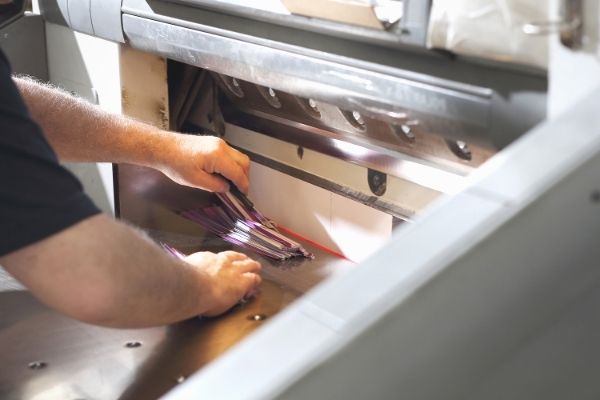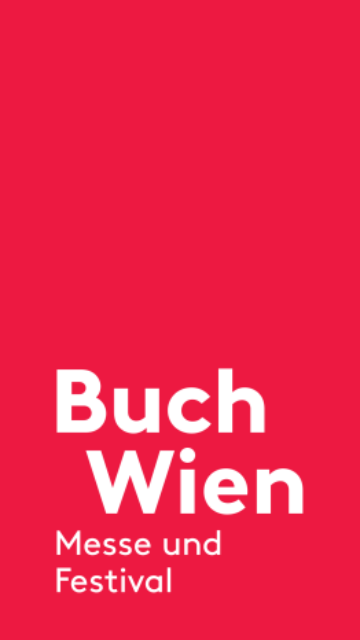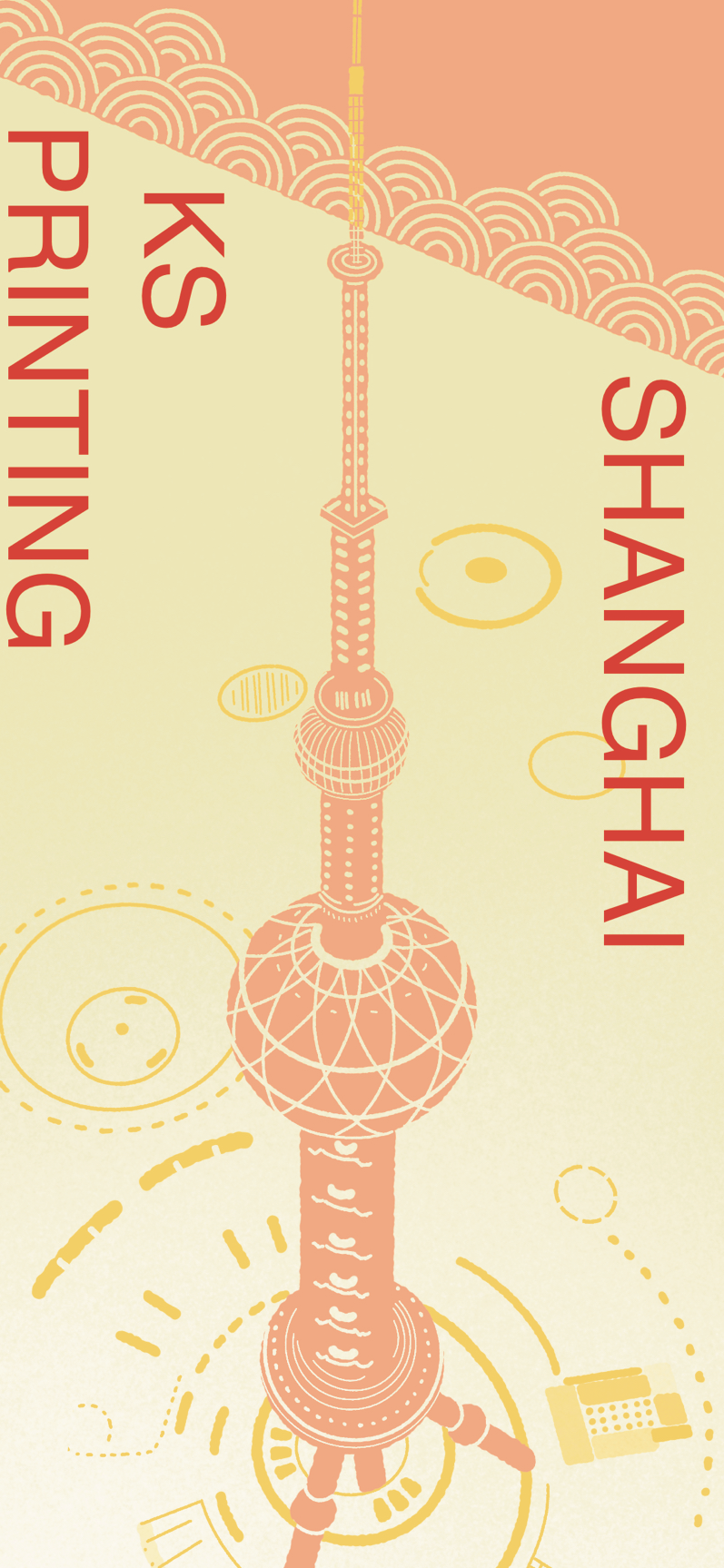The basic meaning of printing
2021-07-22
The meaning of printing
Printing (Printing, Graphic Arts, Graphic Communications) is a technology that transfers the ink to the surface of the paper, fabric, leather, and other materials through the process of making text, pictures, photos, etc.
In a simple sense, printing is a process technology that uses printing plates or other methods to transfer the visual information on the original to the substrate. It can also be understood as analog or digital image carriers to transfer colorants or pigments (such as ink ). The copying process is transferred to the substrate.
Printing classification
1. Paper printing can be divided into black and white printing, spot color printing, four-color printing, and multi-color printing.
①. Monochrome printing refers to the use of one-plate printing, which can be black plate printing, color plate printing, or spot color printing.
②. Spot color printing refers to a particular color required in a unique modulation design as the base color, completed by one-page printing.
③. Four-color printing is a lithographic printing method that uses the three primary colors of red, green, and blue and black pigments (inks or dyes) according to the principle of subtractive color mixing to achieve full-color reproduction.
④. Multi-color printing refers to printing two or more ink colors on the substrate in a printing process.

2. Object and metal surface printing; patterns and text can be divided into screen printing, hot stamping (gold, silver), flexographic printing (plastic products).
①. Screen printing
Screen printing refers to silkscreen as a plate base, and through a photosensitive plate making method, made into a screen printing plate with pictures and texts. Screen printing consists of five elements, screen printing plate, squeegee, ink, printing table, and substrate. Use the fundamental principle that the mesh of the graphic part of the screen printing plate can penetrate the ink, and the mesh of the non-graphic part cannot penetrate the ink for printing. When printing, pour ink on one end of the screen printing plate, use a squeegee to apply a certain pressure to the ink position on the screen printing plate, and at the same time move toward the other end of the screen printing plate at a uniform speed, the ink is driven by the squeegee from the image and text Part of the mesh is squeezed onto the substrate.
②. Hot stamping (gold, silver)
Hot stamping pinyin is commonly known as "hot stamping," which refers to hot stamping of text and patterns of materials such as colored foil on the front or back cover of the hardcover book shell or embossing various embossed and concave book titles by hot pressing Or pattern.
Hot stamping refers to the processing of transferring hot stamping materials or hot stamping patterns on paper, cardboard, fabrics, coatings, etc., to the object to be ironed with a hot stamping method. The hot stamping process for binding is generally more on the cover, and there are many forms, such as single-material hot stamping, hot stamping without hot stamping, mixed hot stamping, over-hot stamping, and so on.
③. Flexographic printing
Flexo printing is a printing method that uses a flexographic plate to transfer ink through an anilox roller. For flexographic printing, the printing plate generally uses a photosensitive resin plate with a thickness of 1-5mm. Inks are divided into three categories, namely water-based inks, alcohol-soluble inks, and UV inks. Since the ink used in flexographic printing is environmentally friendly, it has been widely used in food packaging printing and has a bright future. Flexographic printing is a type of relief printing.

3. Traditional printing
Plate making generally includes offset printing PS plate (the visual information is made into a film) and paper plate light printing (also known as speed printing). With the development of the market, the pace and changes of business activities are getting faster and faster, and immediate business requirements have achieved significant changes in printing technology. Commercial short-run printing, digital business fast printing CTP came into being (direct printing without plate-making)
Post-processing technology of China book printing
The division of labor in the later processing is very detailed, and there are generally the following types:
①. Binding (plastic binding, hardcover, saddle stitch, flat nail, simple nail, sticky surface)
②. Folding (half-fold, three-fold, four-fold, 50-fold, accordion fold)
③. Coating, glazing, and oiling (layer is divided into two types: matte film and bright film; glazing and oiling can be divided into complete and partial glazing and oiling)
④. Abnormity cut, bronzing (silver), convex
⑤. Pasting (generally refers to packaging cartons, high-end picture albums, bookbinding, brocade box processing, etc.)
Printing order cycle of China book printing
The delivery time depends on the requirements of the printing order. The production cycle is generally 1-5 working days, usually within three working days. The more complex the post-press processing process (for example: laminating, binding, die-cutting, UV, embossing, pasting, hot stamping, etc.), the longer the cycle, generally more than four working days. Customers in different places can fully communicate with our customer service staff through the online interactive platform, print freely, and place orders quickly. We transport in particular areas distribution, express delivery, and logistics according to customer needs. The general transportation cycle is 1-3 days.








































